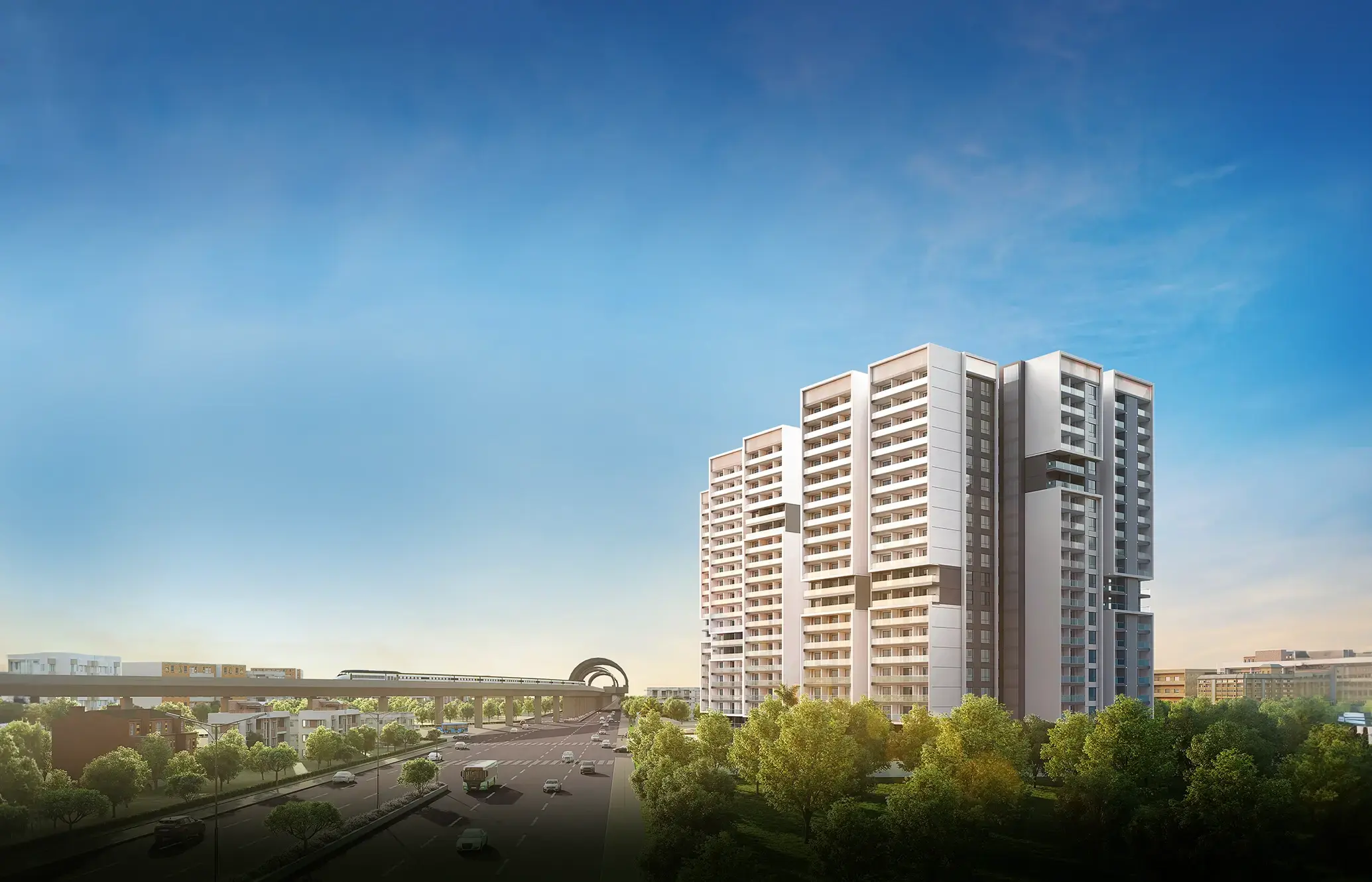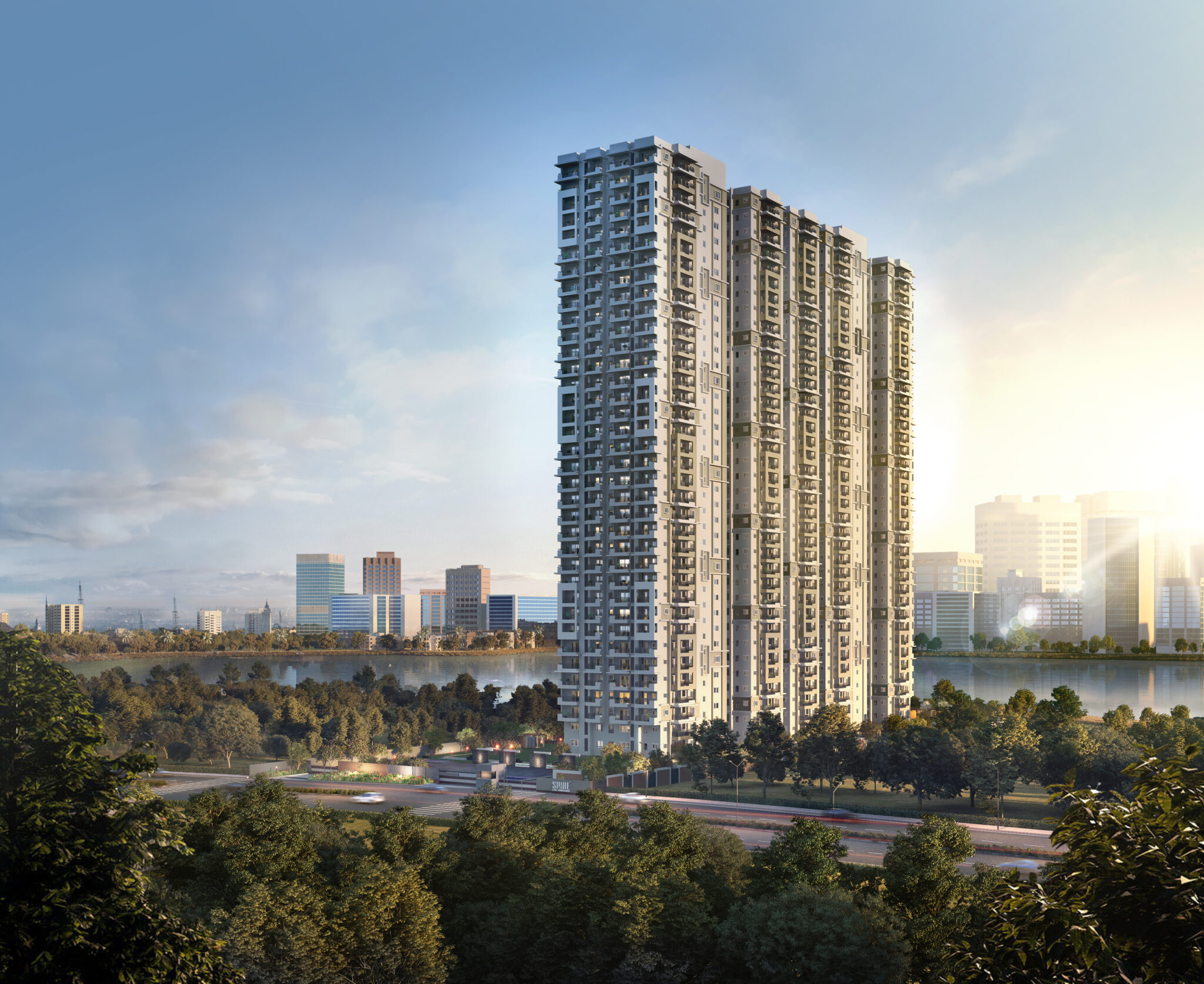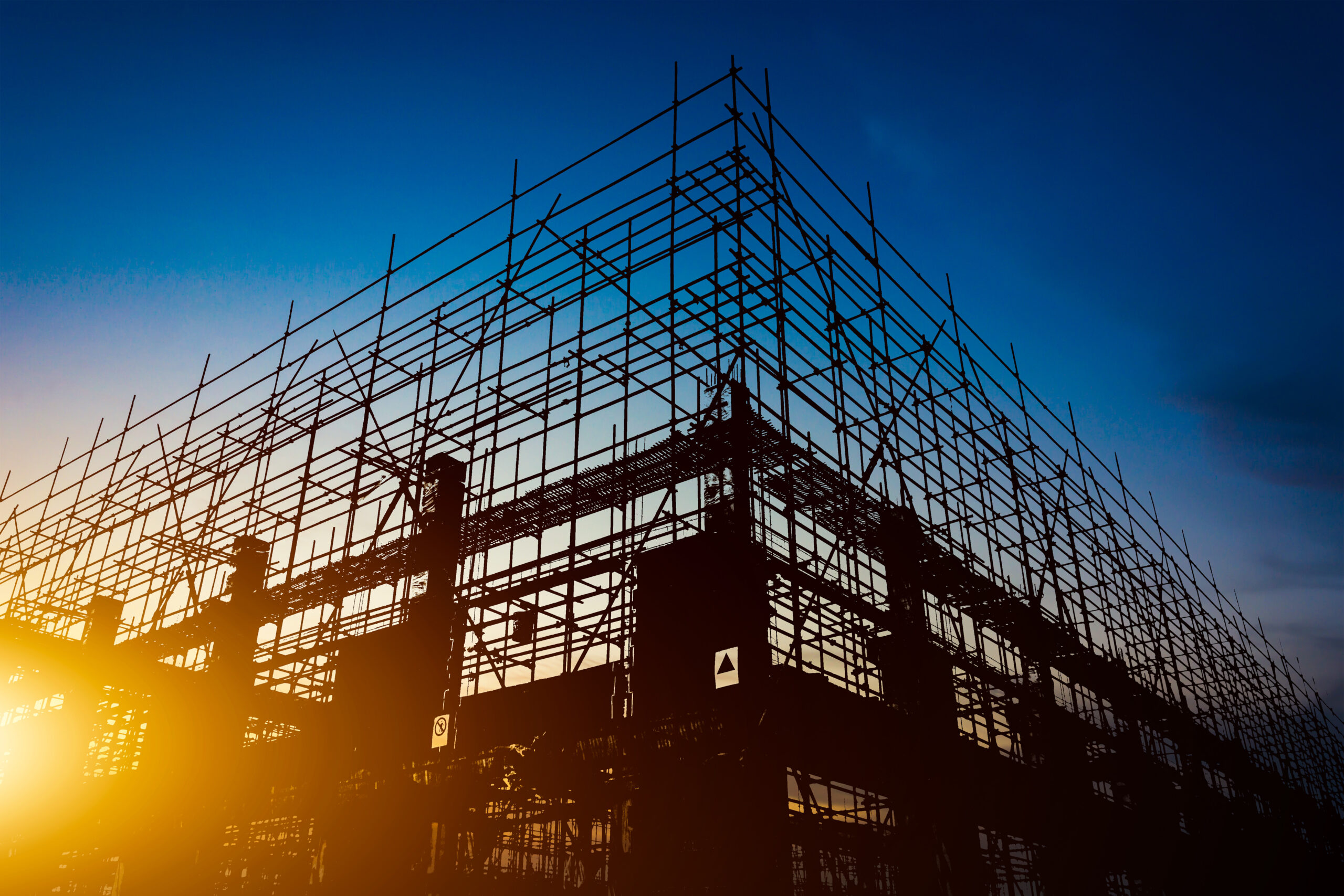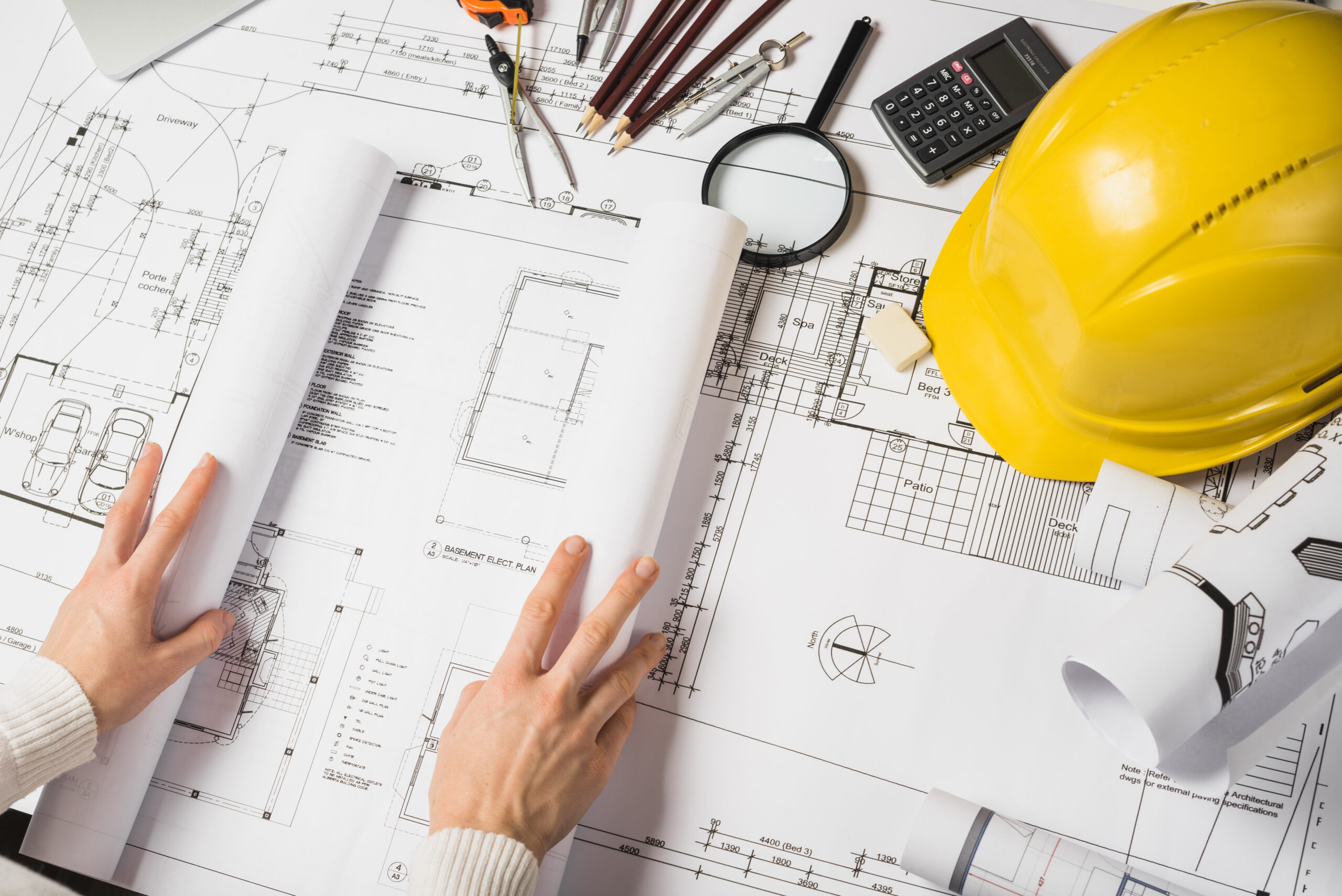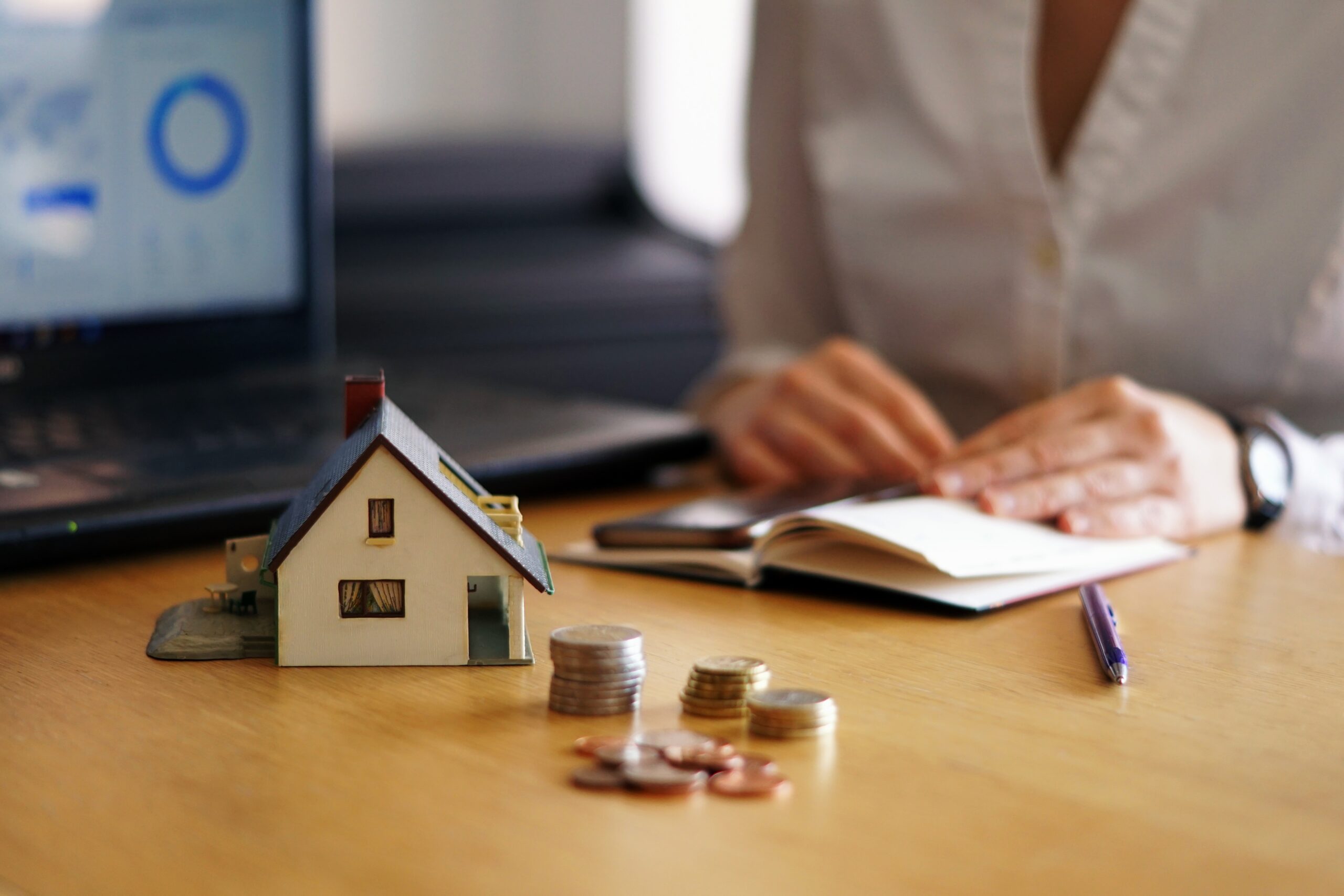East Facing House Vastu Plan: Design Your Dream Home for Success
Building your dream home is more than just bricks and mortar. It’s about creating a space that fosters well-being, positivity, and success. Vastu Shastra, the ancient Indian science of architecture, offers a unique perspective on achieving just that. In this blog, we’ll delve into the specifics of an east facing house Vastu plan, guiding you toward a home designed for harmony and prosperity.
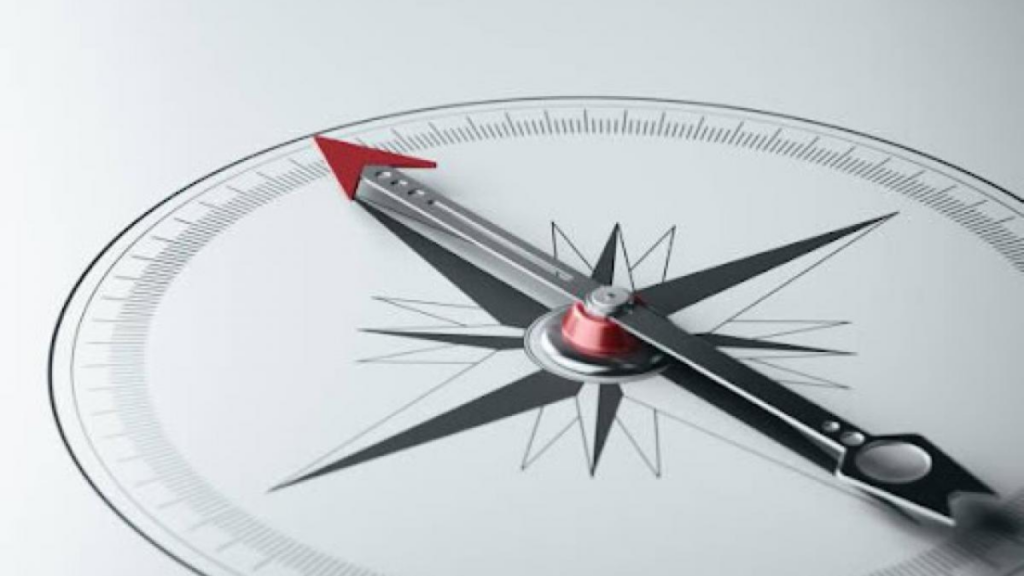
- 1 Introduction to Vastu for East-Facing Houses
- 2 Pooja Room Placement in East Facing Houses: Vastu Guidelines
- 3 Main Door Placement and Vastu Principles for East-Facing Homes
- 4 Vastu Friendly Furniture Placement in East-Facing Houses
- 5 Vastu Remedies for East Facing House Vastu Deficiencies
- 6 Conclusion
- 7 FAQs
Introduction to Vastu for East-Facing Houses
An east-facing house is considered highly auspicious in Vastu. The rising sun’s rays bathe the home in positive energy, symbolizing new beginnings, growth, and spiritual enlightenment. This positive energy, known as Surya Shakti, promotes good health, success in endeavors, and a sense of renewal within the residents.
East-facing houses are also naturally well-lit in the mornings, making them vibrant and active throughout the day.

Pooja Room Placement in East Facing Houses: Vastu Guidelines
The pooja room, a dedicated space for prayer and meditation, holds immense significance in a Vastu-compliant home. In an east-facing house, the ideal placement for the pooja room is in the northeast corner, known as the Ishanya. This sacred zone is believed to be governed by the planet Jupiter, associated with knowledge, growth, and prosperity. Placing the pooja room in the northeast corner enhances spiritual growth, brings peace to the residents, and attracts positive energies.
Here are some tips for a Vastu-compliant pooja room:
- Ensure the pooja room has a door that opens inwards, welcoming positive energy.
- Windows on the north or east side allow for natural light and ventilation, creating a sense of purity and renewal.
- The pooja room floor should be preferably made of marble or granite, considered sacred materials in Vastu.
- Opt for light-colored materials like white, cream, or yellow for the walls and flooring to create a serene and calming atmosphere.

Main Door Placement and Vastu Principles for East-Facing Homes
The main door is the gateway to your home, and according to Vastu principles, it plays a crucial role in channelling positive energy. For an east-facing house, the ideal placement for the main door is in the centre of the eastern facade. This ensures a balanced flow of positive energy, known as Pranic Shakti, throughout the living space.
Here are some additional Vastu considerations for the main door:
- Avoid having the main door directly in line with the pooja room or the master bedroom. A slight deviation is considered auspicious according to Vastu principles.
- A well-maintained and strong main door is believed to welcome good fortune and prosperity and symbolizes stability.
- Horseshoe-shaped placements above the main door are considered a symbol of good luck in Vastu.
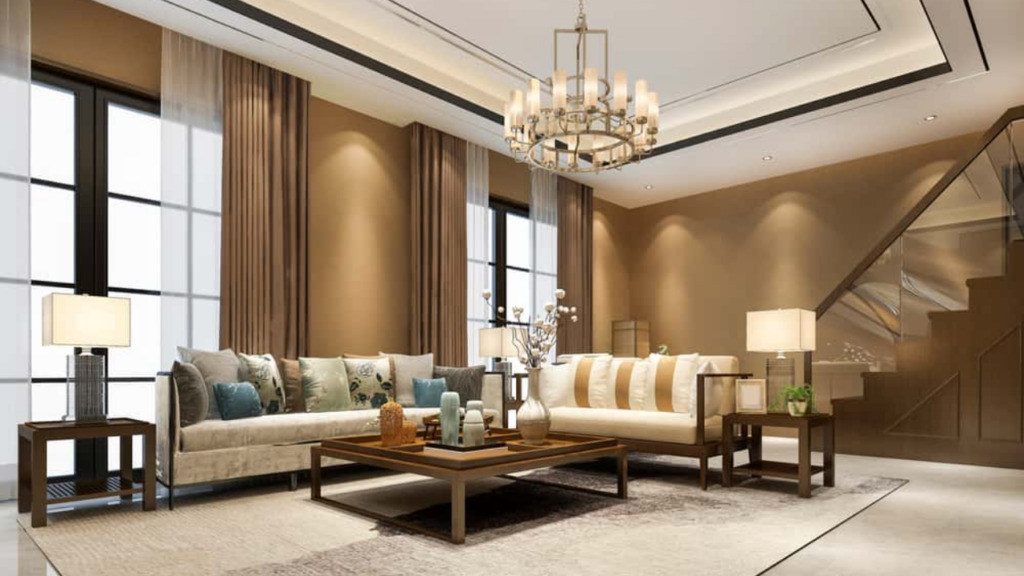
Vastu Friendly Furniture Placement in East-Facing Houses
Creating a harmonious living space extends beyond the placement of rooms. Vastu also offers guidelines for furniture arrangement to promote a positive energy flow. In an east-facing house, heavier furniture like bookshelves, wardrobes, or refrigerators should be placed in the west or south. This placement creates a sense of stability and grounding within the home, as these heavier objects represent earth elements. Lighter furniture like chairs, sofas, and study tables can find their perfect spot in the north or east. Lighter furniture in the north or east is believed to promote a sense of activity and liveliness in these areas.

Vastu Remedies for East Facing House Vastu Deficiencies
Even with careful planning, there might be minor deviations from perfect Vastu alignment. But fret not! Vastu offers remedies to address these concerns.
- Northeast corner cut: If the northeast corner of your house is slightly cut, placing a pyramid-shaped structure made of crystals or wood there is believed to balance the energy.
- Balancing elements: Use elements like wind chimes, water features, or paintings to balance the energy in specific zones of the house.
- Expert consultation: Consulting a Vastu expert can help identify any minor Vastu deficiencies in your plan and suggest personalized remedies.
Conclusion
Building your dream home is an exciting journey. By incorporating Vastu principles into your east-facing house plan, you can create a space that reflects your style and fosters well-being and prosperity for you and your loved ones. Remember, a Vastu-compliant home isn’t just about following rigid rules; it’s about creating a harmonious space that resonates with your well-being. When getting on board this journey, consider consulting a Vastu expert to personalize your plan and create a home that truly inspires you.
FAQs
Yes, an east-facing house is considered highly auspicious in Vastu. It promotes positive energy, good health, success, and spiritual enlightenment.
The ideal placement for the pooja room in an east facing house is in the northeast corner, known as the Ishanya. This is because the northeast corner is associated with knowledge, growth, and prosperity.
The ideal placement for the main door in an east facing house is in the center of the eastern facade. This ensures a balanced flow of positive energy throughout the home.
Yes, Vastu principles can be applied to already built houses. There are remedies available to address any Vastu deficiencies in your existing home plan.
Some things to avoid in a Vastu-compliant house include having the main door directly in line with the pooja room or the master bedroom, and placing heavy furniture in the north or east zones of the house.
